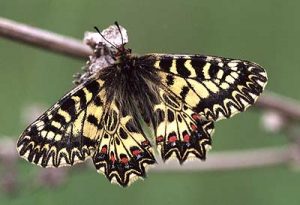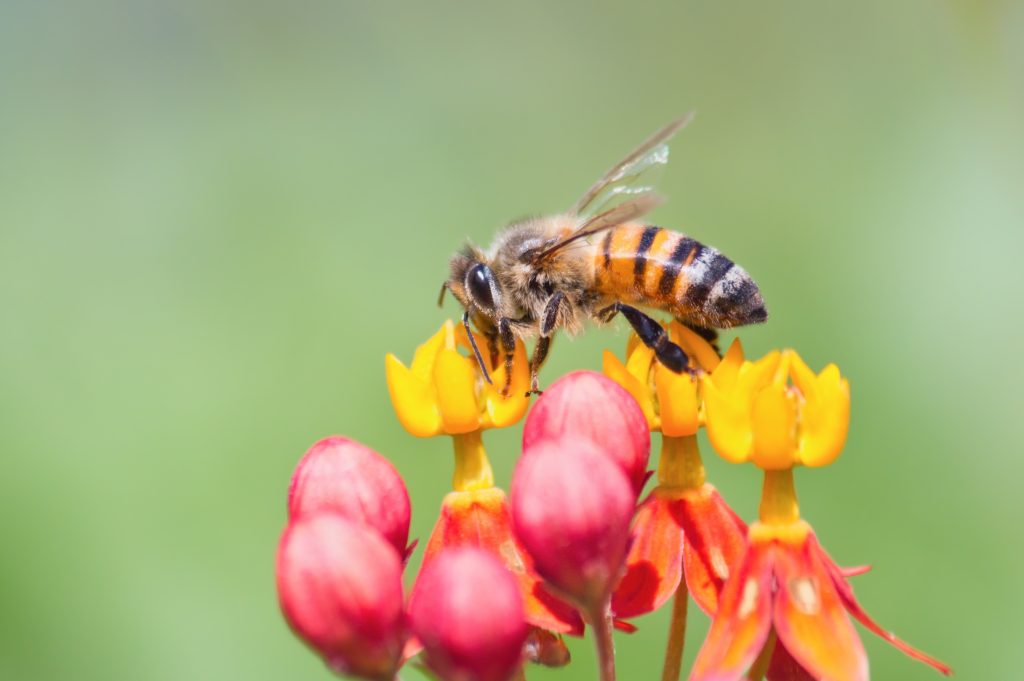While politicians keep on debating the best approach to tackle climate change and the industry slowly moves towards more sustainable practices, the consequences of our footprint on the planet stay on their raising trend. Last April, Scripps Institution of Oceanography (San Diego) claimed that for that month the average concentration of carbon dioxide in the atmosphere was 410.31 parts per million (ppm), which represents a 30% increase in CO2 concentration in the global atmosphere since 1958, as well as an all time record.
One of the most straight-forward consequences of climate change is the general increase in temperature, and together with it comes the asynchronism between flora and fauna. And what represents better the symbiosis between those two worlds than the process of pollination?
For instance, the butterfly expert Marion Jaros claims that the warm temperatures have accelerated the hatch of several pollinating species, while the flowers where they get the nectar from are not responding in sync. This means not only fewer nourishment possibilities for the insects, but also a major setback in the collection and dispersion of pollen, a key stage in the reproduction of plants.
Like this, a group of scientists have documented this effect regarding the Osterluzeifalter, a rare species of butterflies settled in Austria. They affirm that with the increase in spring temperatures have led the butterflies to come out of their cocoons weeks earlier before their host plants were ready to offer both nectar and pollen, with the added problem that some of those plants relied on the butterflies for pollination.

This is not a particular phenomena happening in Austria. According to Anthony Davy, an ecologist from University of East Anglia, the climate disruption that’s happening due global warming is plausibly a key factor in the decline of pollinators throughout whole Europe. Again, the consequences of this affect fauna too: for example, Davy has observed how a type of rare orchid (Ophrys sphegodes) from the United Kindgom that highly relies on bees to reproduce has been struggling to do so because the delicate time sequence between flowering and pollination is changing at a different rhythm than bees are used to, which ultimately leads to reproductive failures.
Europe has been trying to catch up on this matter. The threat that global warming represents for pollinators was recognized by the European Comission earlier this year, trying to slow down the descent on pollinator’s population that’s taking place in whole Europe. Some steps are being taken, such as the proposal of banning the pesticide neonicotinoid, or the possibility of creating safe habitats for the preservation and restoring of pollinators.
Still, the proposed measures do not seems to properly meet the dimension of the problem has not been yet fully acknowledged. Considering that about 80% of all wild plants rely on insect pollinators, and that a third of all butterfly and bee species are declining (10% of pollinating insects are on the verge of extinction already), it seems it’s about time that the institutions start giving to this matter the appropriate weight. Balance on nature comes from the little things, and we are slowly but steadily losing them.
Link to European Proposal: http://ec.europa.eu/environment/nature/conservation/species/pollinators/



